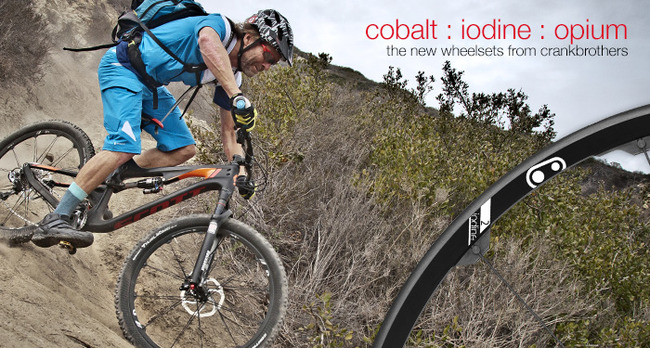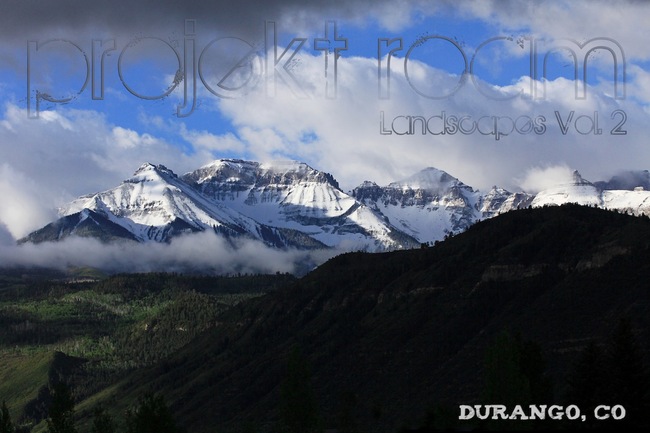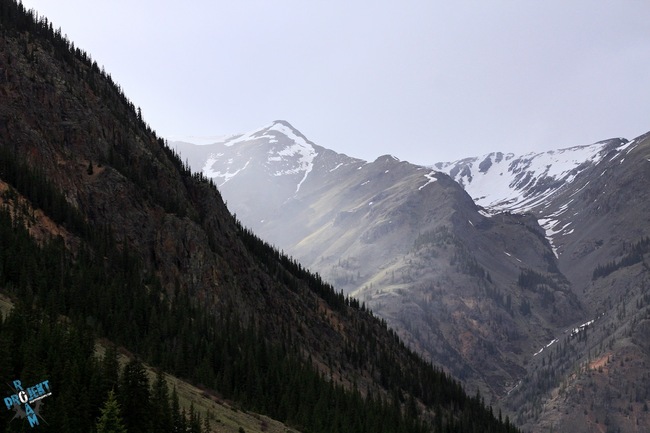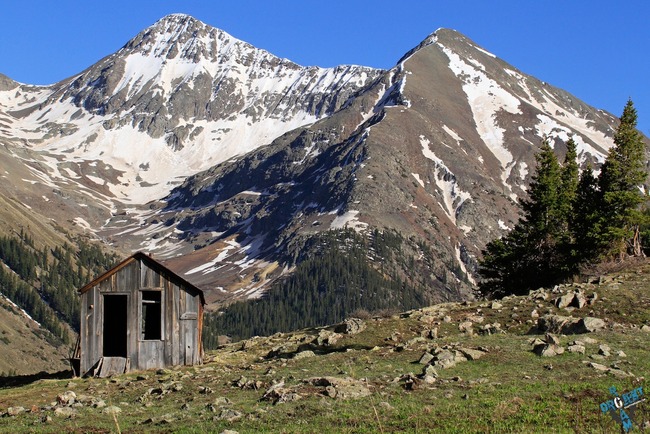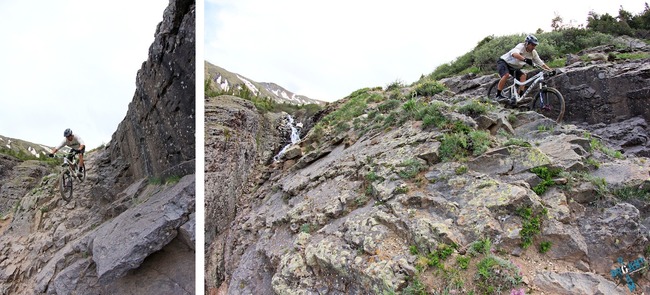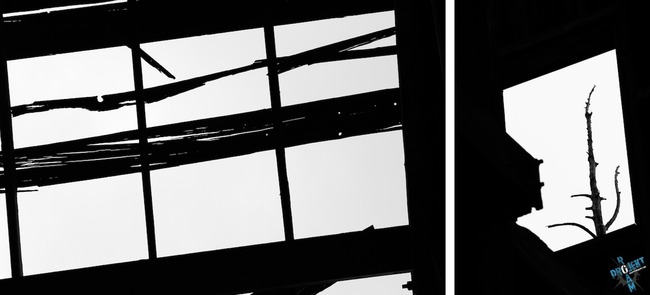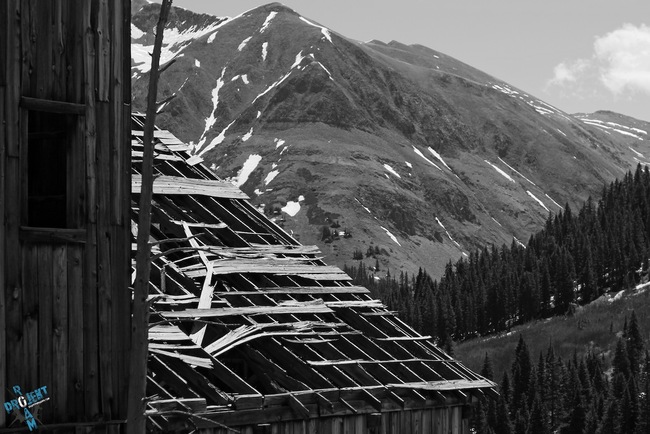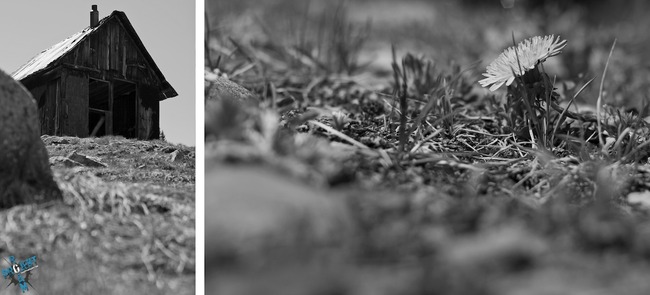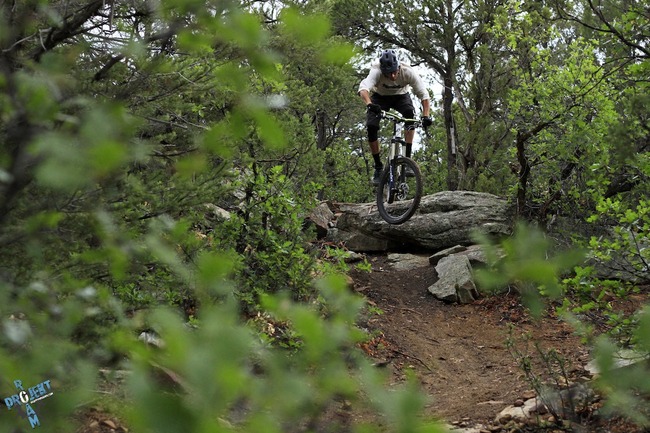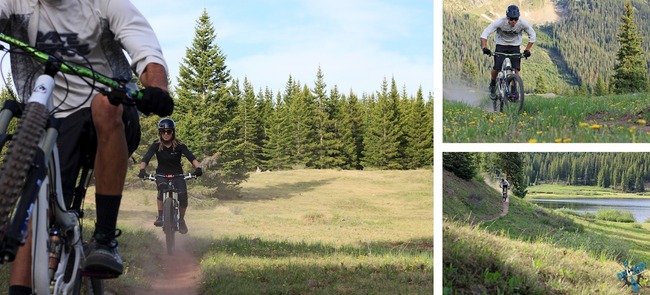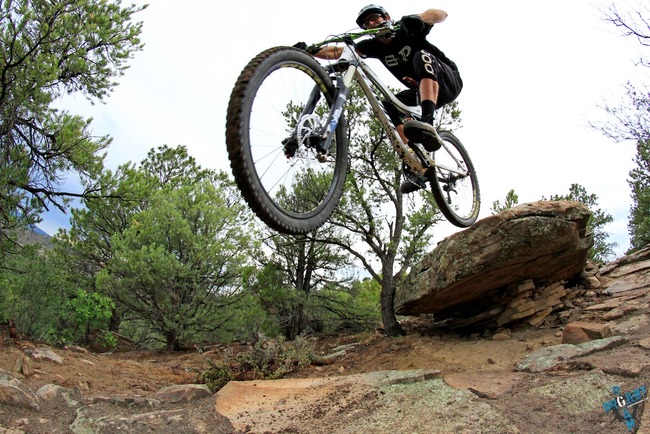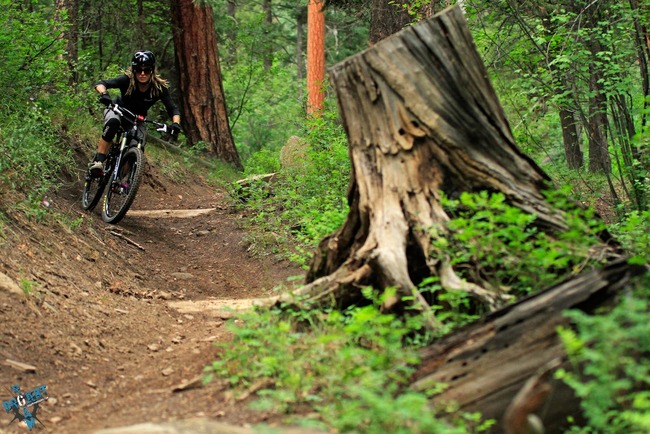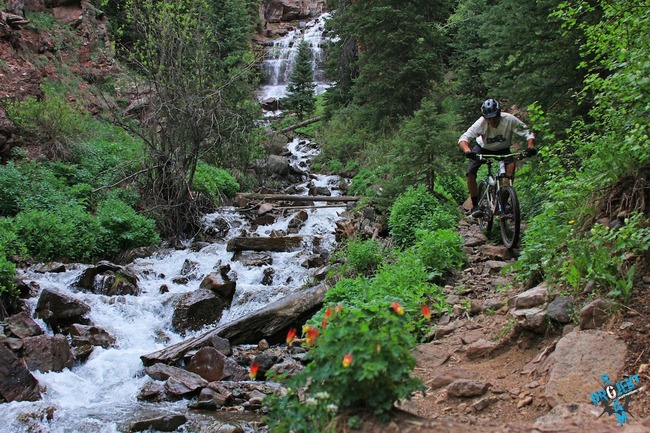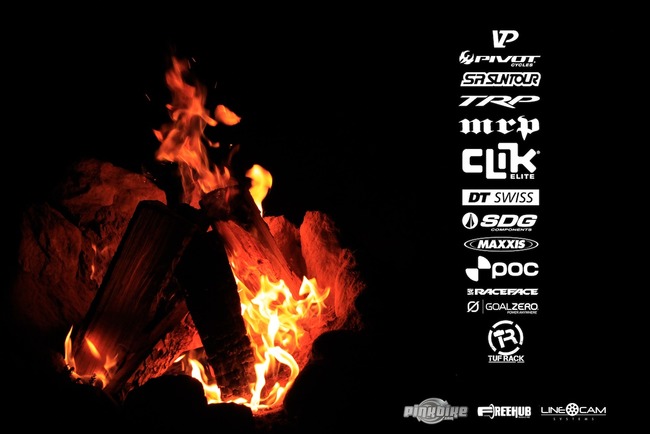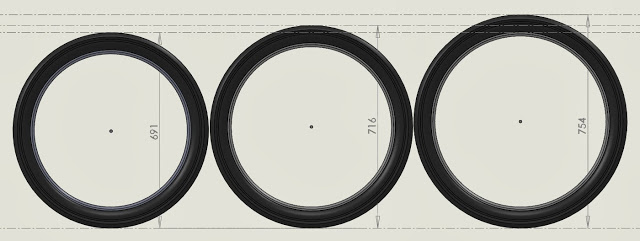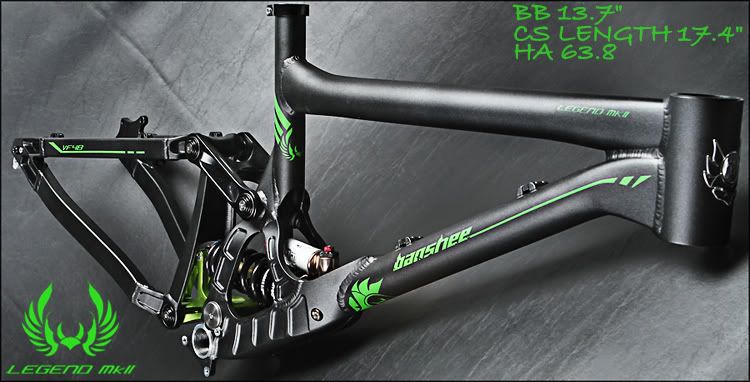Niner WFO 9
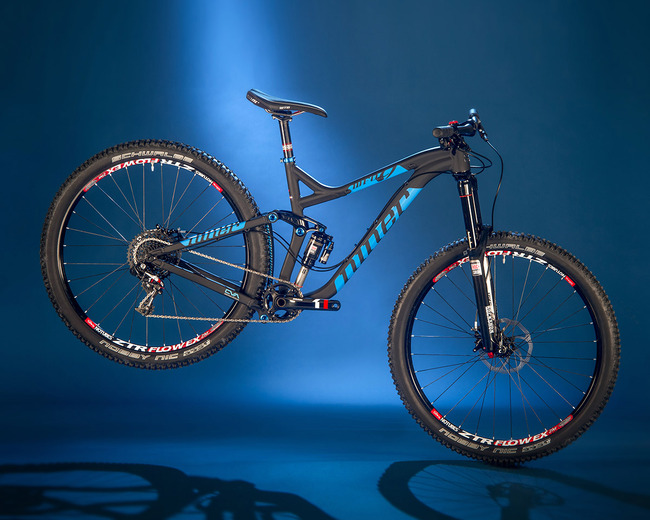
From early trips to Whistler and passionate lift-line discussions about wheel size to numerous Burro-Down laps at truly negligent speeds, the WFO 9 has always been a curiosity. A bike without an easy niche except for those riders who are quite certain it’s the best bike on the planet – those converts who choose the WFO 9 to confidently dissect bike parks and black diamonds every weekend. This bike has changed how a lot of riders view long-travel 29ers, evolving from an outlier in the Niner lineup to a bike whose time has come. With trail bikes becoming more and more capable, we’ve shoved the new WFO 9 off the “all mountain” fence firmly into gravity territory. Lower. Slacker. More Travel. So, grab your music, Leatt and full-face before you roll out the door.
While the WFO 9 is an efficient pedaler and will do AM magic under those who have the legs for the climbs, it’s when you adjust your goggles and drop in that it truly shines. You might imagine that the bike’s 150MM of travel puts it into a familiar category of bikes, but it doesn’t ride that way. Coming from a trail bike, the WFO 9 will feel big and capable. If you spend time on DH bikes you will instantly feel at home, except the WFO 9 is likely several pounds lighter than your DH setup. That’s a few extra laps and a few spots higher on any leader board. The long wheelbase puts you in charge of where the bike goes and if you’ve ever had trouble carrying enough speed into that set of 30’ tables, prepare yourself for some hair-raising-shit-eating-grin-overshooting-to-HYFR.
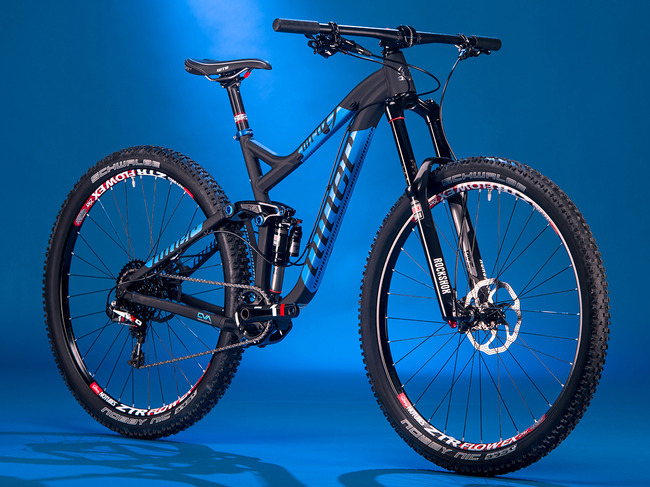
The big wheels bring the kind of speed through the chop and stability in the air that any rider will benefit from. Whips? Snap hard and get sideways. Scrubs? Push a bit earlier to break the increased traction and get the bike down. The wheels stay out of the holes on techy lines, allowing you to get away with 6” of travel in serious clenching moments that just wouldn’t be fun on a trail bike. Float down your favorite trail and wonder when they made it easier. They didn’t.
Bottom line is, all those guys who said 29 will never be fun on big terrain were just plain wrong. That’s ok thoughk we weren’t sure ourselves when when we made the first WFO 9 in 2009. But it’s 2013, we’ve done the homework. This is the new WFO 9 and it redefines what a Niner can do.
- AIRFORMED ALLOY FULL SUSPENSION FROM THE 29ER-ONLY MOUNTAIN BIKE COMPANY
- 150MM OF PATENTED CVA SUSPENSION IS CONTROLLED AND SENSITIVE
- COMPATIBLE WITH 150–170MM FORKS
- TUNED FOR CVA – ROCK SHOX MONARCH PLUS RC3
- ISCG 05 TABS AND OFFSET LINKAGE DESIGN FOR CHAINGUIDE COMPATIBILITY
- FORGED SUSPENSION LINKAGE AND UNIQUE NINER ALLOY HARDWARE
- 142MM X 12MM REAR SPACING
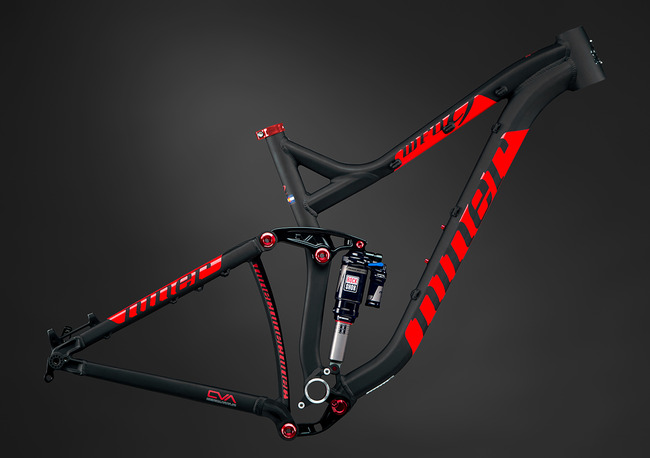
CVA™ SUSPENSION
The WFO 9 features Niner’s patented CVA™ suspension (U.S. Patent No. 7,934,739) and delivers 150mm of fully active travel with superb compliance and damping via a tuned for CVA™ RockShox Monarch Plus RC3 shock. The three modes of the RC3 offer a bit more pedaling efficiency when you need to stomp up to the next stage and the increased shock length and stroke maintain a low leverage ratio for best performance. For those seeking the technical advantages of 29” wheels combined with pedaling efficiency and remarkable sensitivity, CVA™ is the front-runner. The result? A faster, smoother ride up and down the trail.
VERSATILE GEOMETRY
The WFO 9 geometry has been totally revised. Shorter chain stays, slacker head tube angle, shorter head tube, shorter top tube, lower BB height and a lower stand over announce that this bike is ready to get it on.
AIRFORMED TUBING
The next installment of Niner’s airformed trilogy is complete. Shaping the WFO 9 frame tubes with compressed air in a heated mold gives us greater control over wall thickness and material uniformity, allowing the use of less metal. The new WFO 9 is over 300g lighter than its predecessor – total Medium frame weight is 7.3lbs (no Maxle or seat collar) compared to 8lbs (no Maxle or seat collar) for the old model.
TAPERED HEADTUBE
The increased surface area of a tapered headtube allows for a larger downtube, increasing strength and rigidity at this critical intersection. Tapered fork steerer tubes measurably reduce fork deflection, which means your WFO 9 tracks straight and true. The full spectrum of riders from XC racers to those who “only ride park” benefit from these features which is why we incorporate the technology in all our frames.
ATTENTION TO DETAIL
• Dedicated 142 x 12mm drops are custom-forged for a sleek look that flows seamlessly to the stays
• Derailleur hanger mounted inside of drop out for better protection and to preserve the clean lines (optional hanger available for Shimano’s new DM standard)
• New post-mount rear brake mount is hollow to reduce weight
• Custom forged seat stay and chain stay yokes reduce weight and maintain the lines of the airformed tubes
• Bigger Enduro MAX bearings increase durability by distributing suspension load over a larger bearing race and allow
the use of new larger-diameter alloy hardware
• Chainstay/Seatstay tree replaced by massive asymmetrical brace, increasing rigidity and incorporating the look and feel of its shorter travel brethren
• Seat Tube Main Pivot is integrated directly into the tube rather than welded to the front of the seat tube
• Custom Forged BB incorporates the lower forward pivot, ISCG 05 mounts, lower shock mount and BSA BB shell in one beautifully shaped (hollow) work of art. The keyed lower forward alloy pivot bolt does double duty as the third ISCG 05 tab.
• Full housing from shifter to derailleur with dropper routing along the top tube
• Zero Stack/Inset head tube is Angleset compatible
Niner Air 9 Carbon
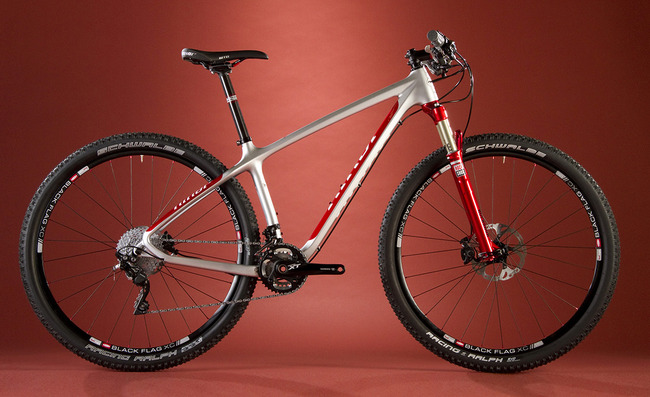
For Niner afficiaonados, the Air 9 Carbon has long been the benchmark for carbon frames. We are confident that this newest incarnation will inspire the same respect for beautiful shaping, quality carbon engineering and perfect technical details. We’ve updated the original Air 9 Carbon by adding features and shaping from our award winning RDO line up. At the same time, we’ve made sure that the complete bike options are a great way for riders to get into a high-quality carbon race bike with some cash left in the piggy bank for travel or entry fees.
- NEW TUBING PROFILES AND CARBON LAYUP
- COMPATIBLE WITH 80–100MM TAPERED FORKS
- NINER’S PROVEN HARDTAIL 29ER GEOMETRY
- LOW PROFILE DISC BRAKE POST MOUNT
- EXCEPTIONAL HEEL AND TIRE CLEARANCE
- 135MM X QR REAR SPACING
- BACKED BY NINER’S 5 YEAR C5 CARBON WARRANTY
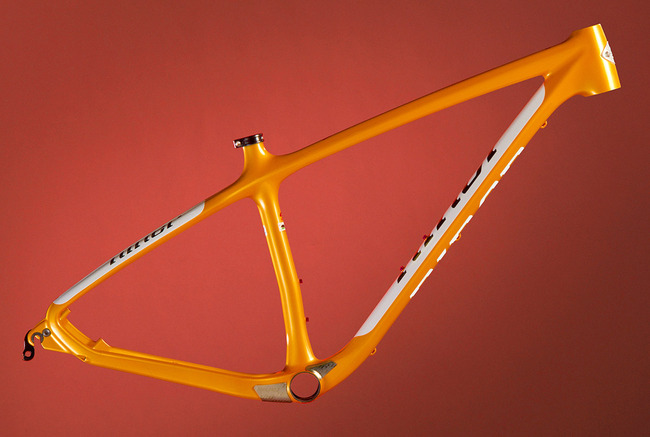
REFINED DESIGN
The Air 9 Carbon is now a dedicated geared racing bike with trickle-down RDO features throughout, including reduced diameters and trimmed tube profiles, smaller junctions, molded carbon headset races and a carbon BB shell. Additionally, the rear brake mount is now tucked inside the curving stays to distribute twisting forces evenly, permitting smaller caliper mounts
TAPERED HEADTUBE
The benefits of a tapered headtube aren’t just for riders of long travel bikes. XC racers and riders also see significant advantages, which is why we incorporate the technology in all our new frames. By using tapered steerer suspension forks, we create the stiffest front end possible – leading to increased steering precision as you carve a corner and descend toward the finish line. The integrated headset used in the Air 9 Carbon is light and simple. Installation, cleaning and maintenance take seconds rather than minutes, a boon to anyone who queues up at the starting line without a team mechanic.
PF30 BOTTOM BRACKET
There are several BB standards to choose from – for our dedicated geared only race bikes we like PF30. It’s compatible with any BB30 crankset (as well as standard threaded BB systems, with an adapter) and the bearing cups are delightfully easy to install. The oversized 30mm spindle is light and resists the torque of even the mightiest Ninerds. Oversized bearings spin longer and smoother between overhauls. The plastic cups of the PF30 BB system don’t require a machined aluminum bottom bracket shell insert, allowing a minimalist carbon construction.
INTERNAL SHIFTER ROUTING
Headbadge routing is designed for full-length housing, simplifies cable changes and protects cables from the elements.
NINER HARDTAIL GEOMETRY
As verified over and over again in independent reviews, Niner has hardtail 29er geometry dialed. Climbing or descending, the geometry of the Air 9 is tuned to for great handling and rider positioning. The Air 9 Carbon is intended for 80-100mm forks, allowing you to fine tune your ride.
Niner One 9 RDO
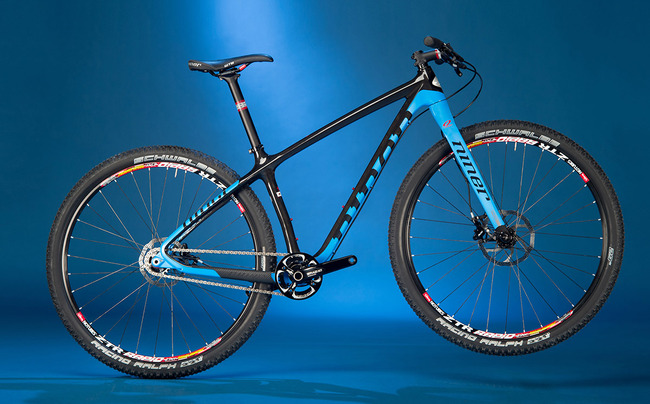
You’ve probably noticed we have a habit of revisiting our classic models and occasionally injecting them with a huge dose of YEAH. In the case of the One 9 RDO, we’ve created a completely new bike – melding the single-mindedness of the legendary One 9 with our award-winning Air 9 RDO carbon chassis. The result is lightning quick, strong as a gorilla but sexy as they come. In other words, the One 9 RDO is going to make you forget all about your other bikes. If loving the One 9 RDO is wrong, you won’t want to be right...
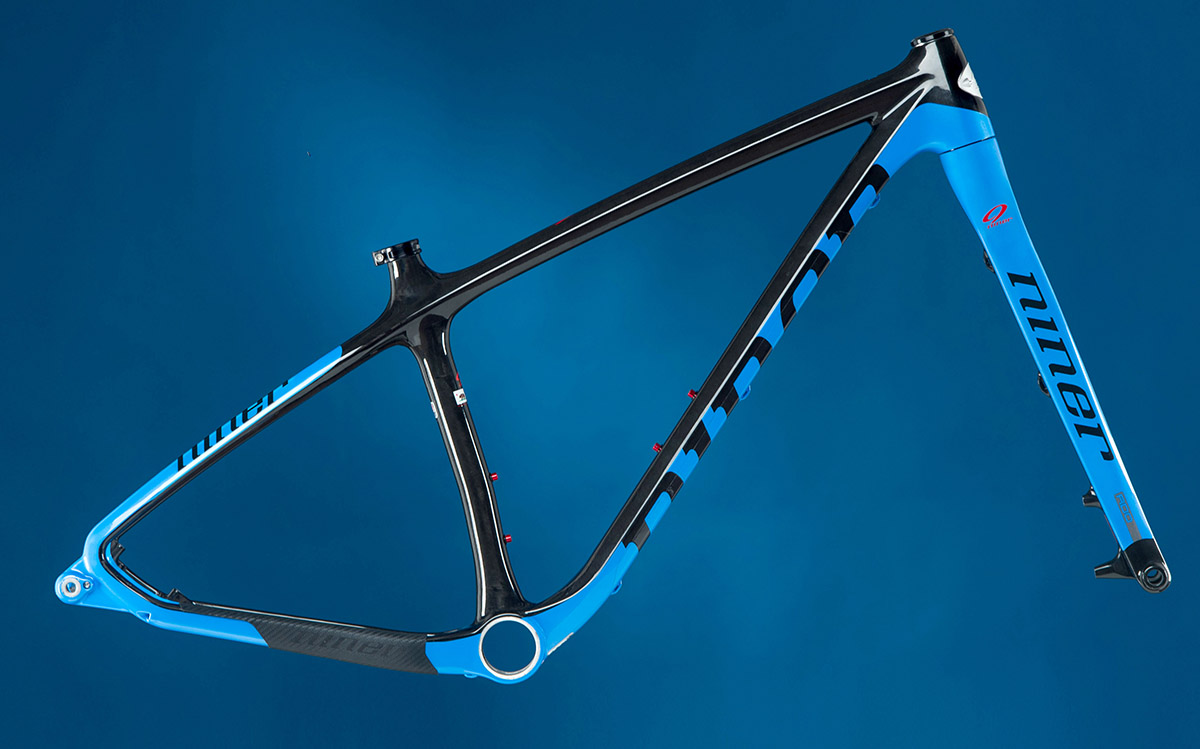
REFINED DESIGN
The newest member of our hardtail RDO program, the One 9 RDO is a singlespeed racer designed to go flat out fast. The One 9 RDO is specifically intended as a singlespeed racing bike, utilizing the reduced diameters and trimmed profiles of our RDO hardtail line up throughout. The rear brake mount is tucked inside the curving stays to distribute twisting forces evenly, permitting smaller caliper mounts and decreased wall thicknesses. Even the headset races in the headtube are molded carbon - we shaved grams wherever we found them. The net result? A singlespeed that can’t be matched for quality and weight.
TAPERED HEADTUBE
The benefits of a tapered headtube aren’t just for riders of long travel bikes. XC racers and riders also see significant advantages, which is why we incorporate the technology in all our new frames. By using the newest tapered steerer suspension forks, we create the stiffest front end possible – leading to increased steering precision as you carve a corner and descend toward the finish line. The integrated headset used in the One 9 RDO is light and simple. Installation, cleaning and maintenance take seconds rather than minutes, a boon to anyone who queues up at the starting line without a team mechanic.
BIOCENTRIC BOTTOM BRACKET
The Niner BioCentric II makes adjustments easy across a wide range of gears and eliminates the need for adjustable dropouts, giving the cleanest possible solution for singlespeed use. No bolt on hubs, no chain tensioners cluttering your ride, no brake adjustments with gear changes.
1X DRIVETRAIN COMPATIBILITY
For those who want a little extra versatility, the One 9 RDO is compatible with Niner’s CYA bottom bracket system, enabling riders to run systems such as SRAM’s XX1 or XO1.
REAL WORLD WEIGHT SAVINGS
Sharing key layup and mold features with the Air 9 RDO, combined with the singlespeed simplicity of this frame, gives the One 9 RDO an average weight of 1235g. Combined with the Niner RDO fork, you are looking at one of the lightest mountain bikes available.
NINER HARDTAIL GEOMETRY
As verified over and over again in independent reviews, Niner has hardtail 29er geometry dialed. Climbing or descending, the geometry of the Air 9 is tuned to for great handling and rider positioning. The One 9 RDO is intended for 80 to 100mm forks, allowing you to fine tune your ride.
 Tuesday, November 19, 2013 at 6:59AM
Tuesday, November 19, 2013 at 6:59AM  All Mountain,
All Mountain,  Bicycle,
Bicycle,  Crank Brothers,
Crank Brothers,  Downhill Mountain Bike,
Downhill Mountain Bike,  Enduro |
Enduro |





